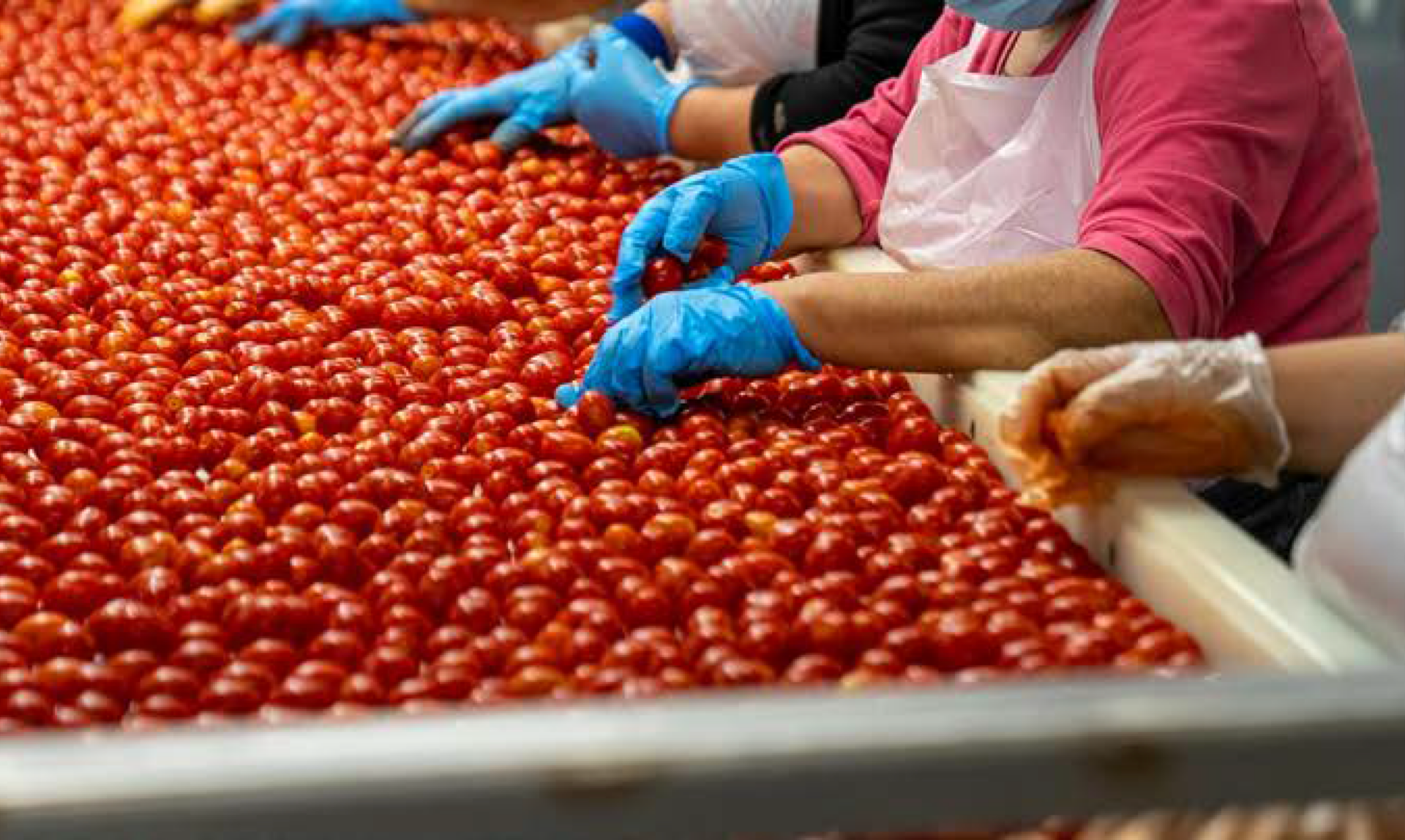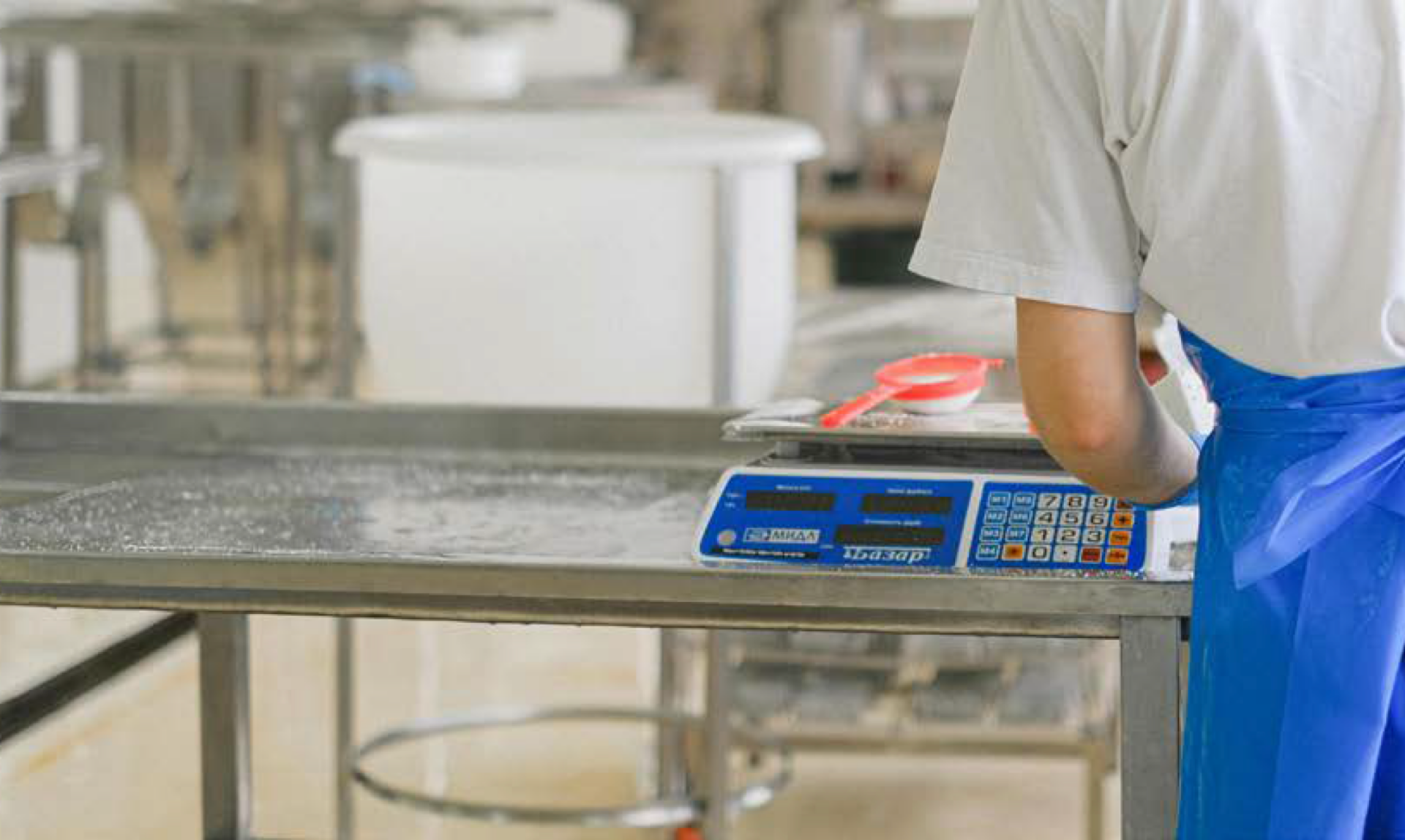What are your goals as the head of L&D at Premier Foods and why did you initiate a pilot of Poka’s connected worker app?
In March 2024, our Ashford site began a proof of concept of Poka's connected worker app on three of our production lines. Our goal is to address the challenges of worker engagement and, most importantly, retention. While Premier Foods pays operators well, we must remain competitive and continue to improve their pay. The only way we can do that is to train them to be more technical operators and empower them to drive operational performance.




